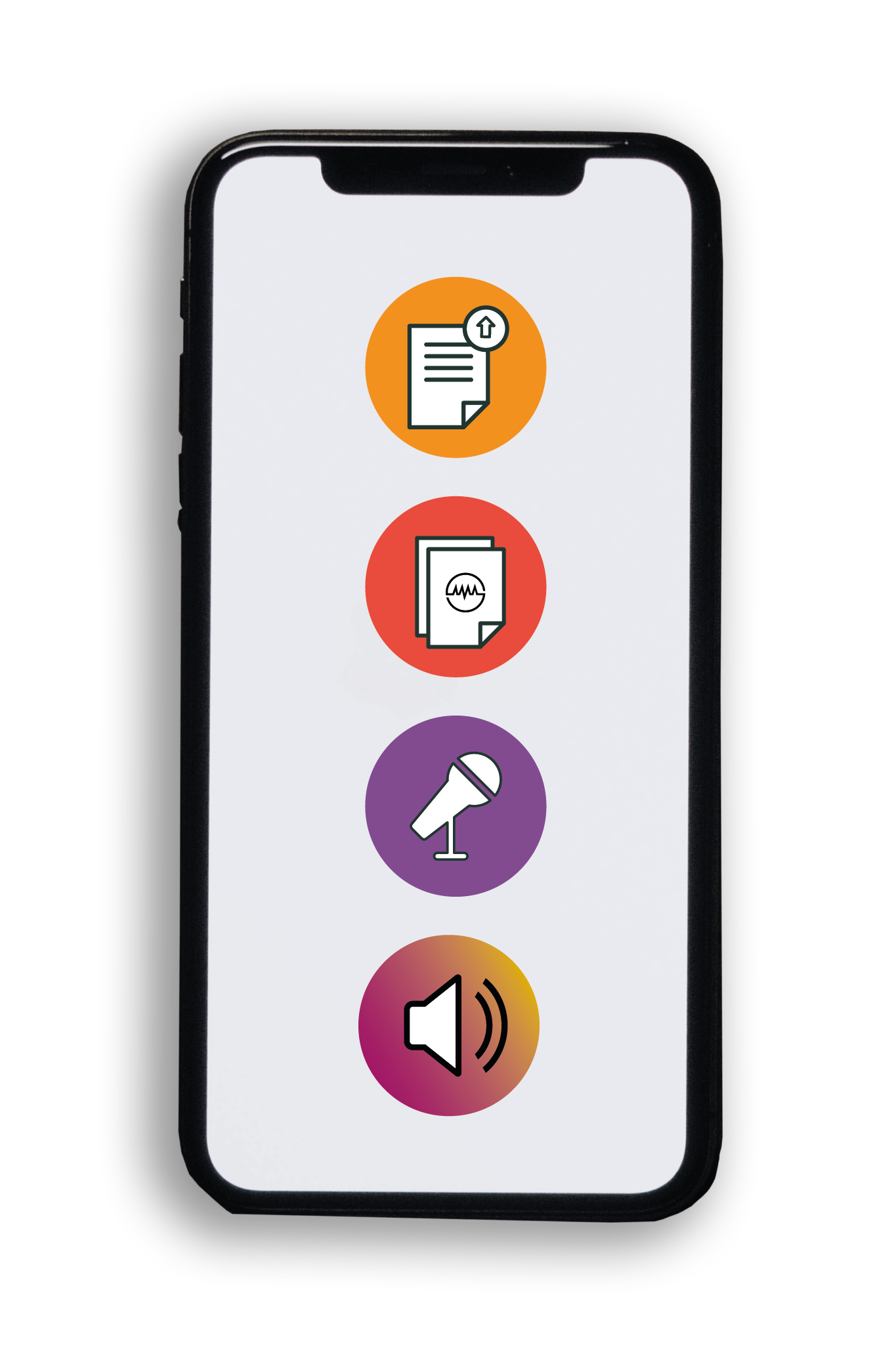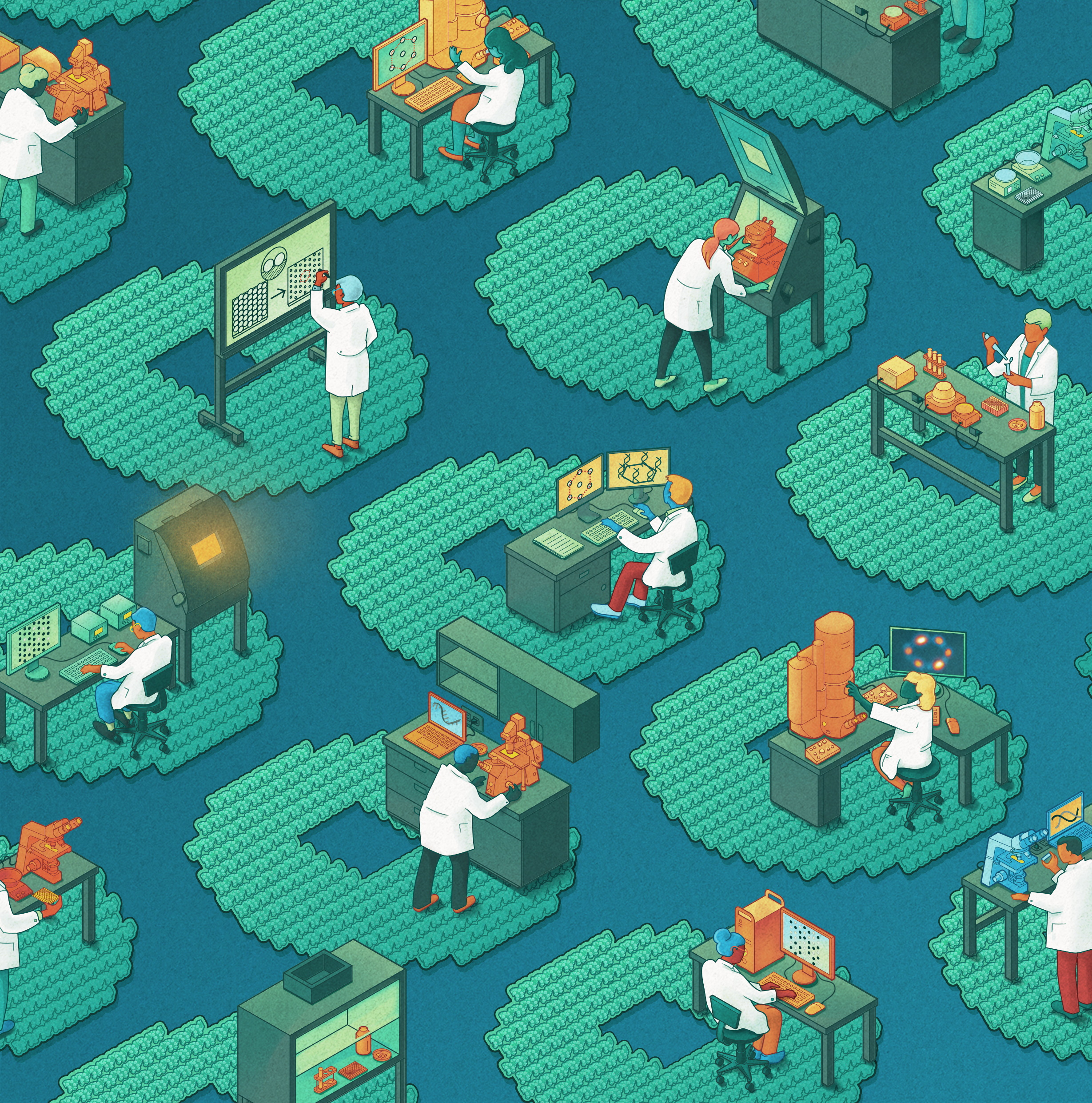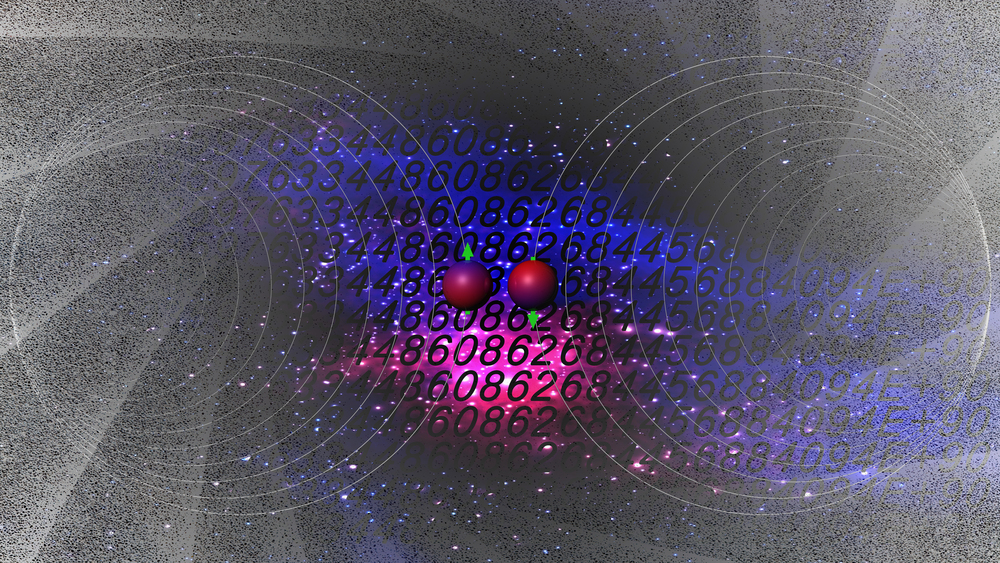Exploring Diamond’s Potential in High-Power, High-Temperature Electronics – Dr Debarati Mukherjee, Dr Luis Nero Alves, Dr Joana Catarina Mendes
Original Article Reference
This SciPod is a summary of the article ‘Diamond for Future (Power) Electronics’, from trade magazine Power Electronics Europe.
Share Episode
About this episode
While many people perceive diamond as a material used to make jewellery or other decorative objects, this mesmerising stone has numerous other valuable applications. In fact, its physical properties make diamond ideal for uses in various technological applications, including high performance electronics. Dr Debarati Mukherjee, Dr Luis Nero Alves and Dr Joana Catarina Mendes at the University of Aveiro in Portugal have recently outlined some exciting potential uses of diamond in technology and engineering, while also describing what makes this material so unique and valuable.
This work is licensed under a Creative Commons Attribution 4.0 International License. 
What does this mean?
Share: You can copy and redistribute the material in any medium or format
Adapt: You can change, and build upon the material for any purpose, even commercially.
Credit: You must give appropriate credit, provide a link to the license, and indicate if changes were made.
Related episodes
Dr Rishabh Shetty | A Novel Method for Standardizing Single Molecule Studies
Studying single molecules provides researchers with unique insights into biological mechanisms and processes and allows them to visualise microscopic structural and functional differences. However, results can be unpredictable, and investigations are labour-intensive and expensive, often requiring extensive training and highly specialised laboratory equipment. Dr Rishabh Shetty and colleagues at Arizona State University, the California Institute of Technology, and the Massachusetts Institute of Technology, USA, have recently developed a simplified single-molecule assessment technique to overcome these limitations with a view to increasing accessibility and precision in molecular-level research.
Dr Marius Nagy – Dr Naya Nagy | Is a Problem Solvable or Not? Quantum Deciders Outperform Classical Ones
Today, the success of businesses and technologies relies on their ability to make quick decisions to address complex problems. To make matters more complex, these problems often involve a vast amount of data. Dr Marius Nagy at Prince Mohammad Bin Fahd University, together with Dr Naya Nagy, Imam Abdulrahman Bin Faisal University, investigate the ability of quantum computers to act as an ‘oracle’, and provide quality decisions even after just one invocation. Dr. Nagy and Nagy showed that quantum oracles give richer decision proposals and outperform classical computing oracle versions.
Henry DeGroot – Dr Timothy Hanusa | Grinding Towards Greener Chemistry: Synthesis Without Solvents
In the world of chemistry, solvate-assisted grinding is a new method that could revolutionize how we make important chemical compounds. Researchers Henry DeGroot and Dr. Timothy Hanusa at Vanderbilt University have developed this technique, which uses mechanical energy instead of traditional liquids. This not only makes the process more efficient, but also reduces pollution. It could lead to better medicines, advanced materials, and cleaner chemical production methods.
Professor Steven Brams | A Game That Stymies AI
AI appears all-powerful when playing sophisticated games such as Chess and Go against human opponents. Moreover, recent developments in AI have allowed it to summarize bodies of complex text, generate images and even video. These developments come with warnings that AI could replace many jobs, undermine democratic elections or even pose a threat to the existence of humanity. However, AI is largely based on observing and learning patterns; so, what happens when there are no patterns? Professor Steven Brams of New York University and colleagues have analyzed the potential of beating AI when playing a deceptively simple game called Catch-Up, simply by making random moves.
Increase the impact of your research
• Good science communication helps people make informed decisions and motivates them to take appropriate and affirmative action.
• Good science communication encourages everyday people to be scientifically literate so that they can analyse the integrity and legitimacy of information.
• Good science communication encourages people into STEM-related fields of study and employment.
• Good public science communication fosters a community around research that includes both members of the public, policymakers and scientists.
• In a recent survey, 75% of people suggested they would prefer to listen to an interesting story than read it.

Step 1 Upload your science paper
Step 2 SciPod script written
Step 3 Voice audio recorded
Step 4 SciPod published




